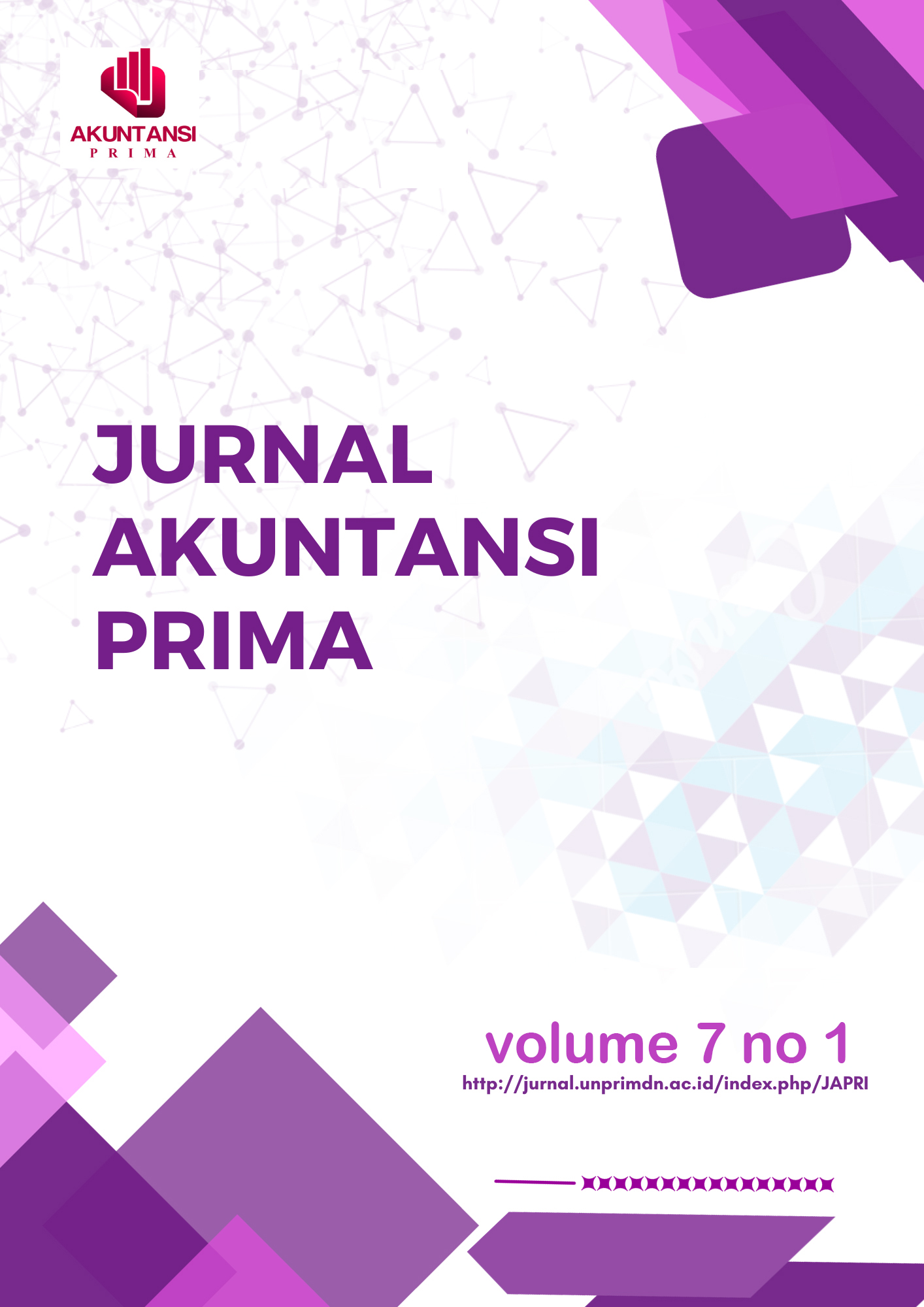Pengaruh Penyaluran Kredit, Non Performing Loan , Corporate Social Responsibility, Digital Banking terhadap Customer Retention di Bank Sumut KCP Sei Sikambing , Medan
##plugins.themes.academic_pro.article.main##
Abstract
Technological progress plays a crucial role in the expansion of digital banking within the financial sector. Digital banking enables customers to engage with banks more efficiently, especially regarding credit distribution, non-performing loans (NPL), corporate social responsibility (CSR), and other financial services, without requiring a physical visit to a bank branch. Based on this context, this study aims to analyze the impact of credit distribution, non-performing loans (NPL), corporate social responsibility (CSR), and digital banking on customer retention at Bank Sumut KCP Sei Sikambing. The research involves a total population of 50 individuals. A probability sampling method is applied in this study. Customer retention serves as the dependent variable, whereas the independent variables include credit distribution, non-performing loans (NPL), corporate social responsibility (CSR), and digital banking. This research adopts a quantitative survey approach, with data analysis conducted using SPSS version 2020. The results of the t-test reveal that credit distribution positively affects customer retention. Similarly, non-performing loans (NPL), corporate social responsibility (CSR), and digital banking also exhibit a positive influence on customer retention.
##plugins.themes.academic_pro.article.details##

This work is licensed under a Creative Commons Attribution 4.0 International License.
References
- Pinto, N. G. D. C. G., Bagiada, K., & Parameswara, A. A. G. (2020). Pengaruh DPK, NPL dan Inflasi Terhadap Penyaluran Kredit Pada PT. Bank Mandiri Periode Tahun 2014 - 2018. Warmadewa Economic Development Journal (WEDJ), 3(2), 73-79. https://ejournal.warmadewa.ac.id/index.php/wedj/article/view/2319/1775
- Iklin, M. (2024). Pengaruh CAR, NPL, BOPO Dan LDR terhadap Retrun on Assets pada Bank Pembangunan Daerah. Al-Kharaj: Jurnal Ekonomi, Keuangan & Bisnis Syariah, 6(1), 360-379.
- https://repository.ustjogja.ac.id/doc/pengaruh-car-npl-bopo-dan-ldr-terhadap-return-on-assets-pada-bank-pembang3313192
- RizqiAmalia, R. (2015). Studi kebijakan penyaluran kredit perbankan dan variabel yang mempengaruhinya (studi pada Bank Jatim cabang Pasuruan) (Doctoral dissertation, Universitas Brawijaya).https://repository.ub.ac.id/id/eprint/107808/
- Nisa, K., Rokan, M. K., & Irham, M. (2022). Analisis Pengaruh Pelayanan Terhadap Customer Retention Pada PT. Bank Muamalat Indonesia KC Balaikota Medan. Jihbiz: Global Journal of Islamic Banking and Finance, 4(2), 1-19.http://repository.uinsu.ac.id/17529/
- Susilawaty, L., & Nicola, N. (2020). Pengaruh layanan perbankan digital pada kepuasan nasabah perbankan. Jurnal Manajemen Maranatha, 19(2), 179-190. https://journal.maranatha.edu/index.php/jmm/article/view/2478/1570
- Parenrengi, S., & Hendratni, T. W. (2018). Pengaruh dana pihak ketiga, kecukupan modal dan penyaluran kredit terhadap profitabilitas bank. Jurnal manajemen strategi dan aplikasi bisnis, 1(1), 9-18.http://www.ejournal.imperiuminstitute.org/index.php/JMSAB/article/view/15
- Masitoh, N., Rosidah, E., & Kurniawati, A. (2023). Pengaruh Layanan Digital Banking Terhadap Kepuasan Nasabah pada PT Bank Negara Indonesia (Persero) Tbk Kantor Cabang Tasikmalaya. BanKu: Jurnal Perbankan dan Keuangan, 4(1), 11-16.
- https://jurnal.unsil.ac.id/index.php/banku/article/view/6812
- Rofiki, A., & Nurhayati, N. (2020). Pengaruh Corporate Social Responsibility Dan Kualitas
- Pelayanan Terhadap Loyalitas Nasabah Melalui Sikap Nasabah (Studi Pada Bank Muamalat Kc. Malang). J-MACC: journal of management and accounting, 3(1), 83-96.https://e-jurnal.unisda.ac.id/index.php/j-macc/article/view/1860
- Fauziah, H. (2021). Pengaruh NPL, CAR, dan BI Rate terhadap ROA pada Bank Badan Usaha Milik Negara. Indonesian Journal of Economics and Management, 1(2), 352-365.https://jurnal.polban.ac.id/ijem/article/view/2503
- Arsiah, S., Sari, D. H., & Apriani, E. S. (2022). Pengaruh Non Performing Loan (NPL), Loan To Deposit Ratio (LDR) Dan Return On Asset (ROA) Terhadap Penyaluran Kredit Pada Bank Umum Swasta Nasional Devisa Periode 2016-2021. Jurnal Mahasiswa Akuntansi Poltekba (JMAP), 4(1), 203-211.https://ejournal.poltekba.ac.id/index.php/jmap/article/view/354

